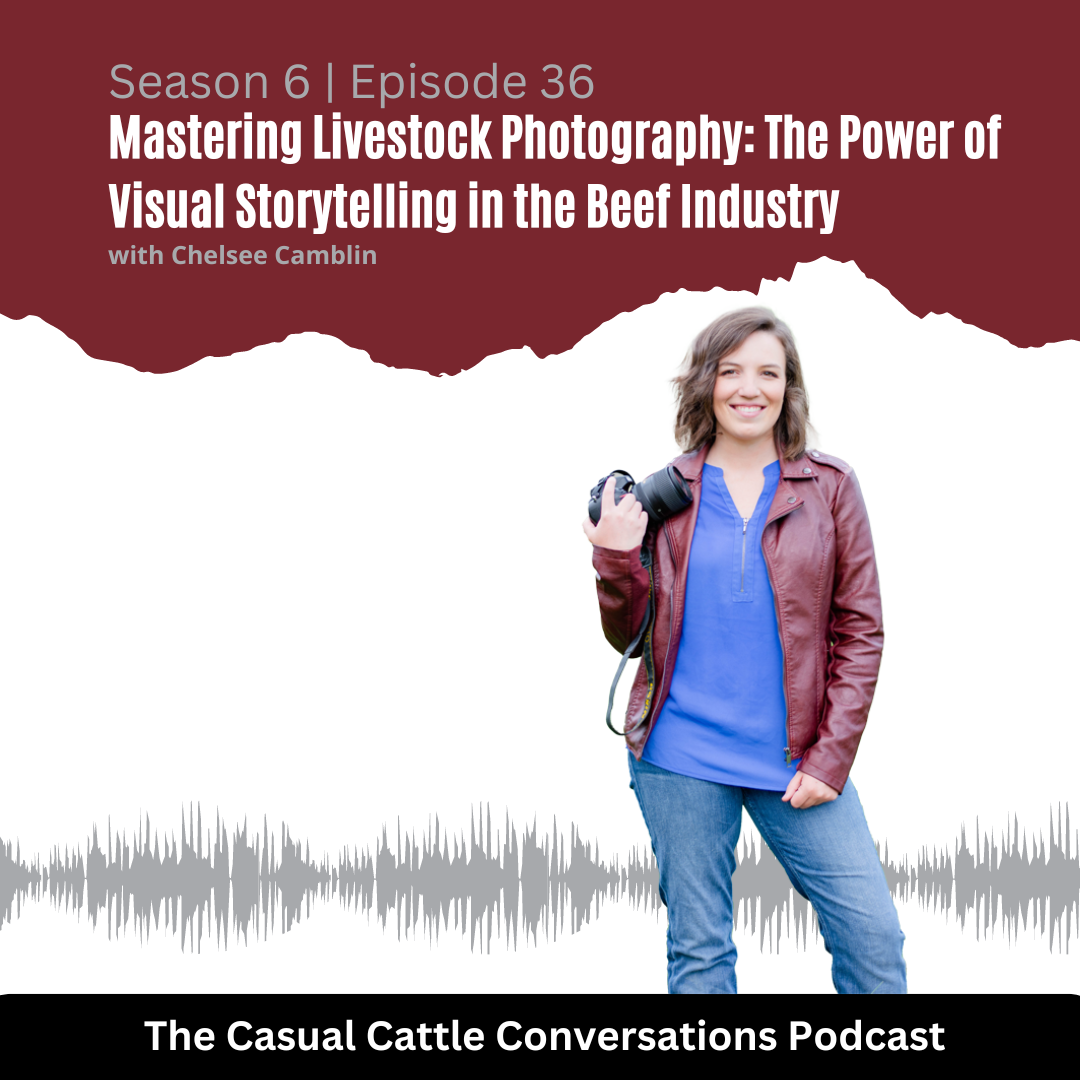Mastering Livestock Photography: The Power of Visual Storytelling in the Beef Industry

Question of the Week: What’s your best attribute?
When we photograph and market livestock, we focus on showing off their best attributes and how those strong points will help our customers.
What’s your best attribute as a business owner or employee?
As ranchers, we often find ourselves being a jack of all trades and this can take away from us putting our focus where it needs to be and allowing ourselves to be GREAT at the thing we ENJOY the most.
So, what is it for you? Are you creative, a numbers person or a relationship builder? Are you passionate about nutrition, reproduction, animal health or marketing? Are you the visionary or the organizer for short-term goals?
Whatever it may be, take time to allow yourself to step back into your zone of genius.
Mastering Livestock Photography: The Power of Visual Storytelling in the Beef Industry
A picture is worth 1,000 words, but are great pictures of your livestock worth more than that? Chelsee Camblin shares what value comes from high-quality visuals of cattle and how to make picture day go smoothly for you and your photographer in this podcast episode. Chelsee comes from a beef cattle operation in Wyoming and has turned her passion for being behind the lens into a career that helps cattlemen and women across the country display the true quality and value of their livestock.
Chelsee’s passion for photography goes back to when she was in the fifth grade. She had the opportunity to take a photography class with a point-and-shoot camera and decided to take pictures of her show steers. She got a new camera when she finished high school and followed her younger siblings around to national shows to take pictures and hone in on her skillset.
Since then, Chelsee has leveled up her camera game and continues to take pictures of livestock. “I’ve tried taking many types of pictures whether it’s portraits, families or weddings; but I always keep coming back to livestock,” said Camblin.
Livestock photographers play an important role in today’s beef industry as more and more individuals are marketing online, placing pictures in catalogs and having video sales. But why should you invest in a photographer?
“A fast-food restaurant has low to moderate quality food with high-quality pictures of it for marketing. So why would you want low-quality photos of your high-quality animals? Anyone can go snap a picture of your livestock, but livestock photographers know how to get the animal set up and use the right lighting to make that animal look as good as possible,” said Camblin.
Having updated pictures of your family and what you do on the ranch is equally as important as good livestock photos too! We live in an online world and showing the people who are raising the cattle and doing the work helps customers connect on a deeper level.
“Marketing on social media means you have to tell your story and a picture is worth 1,000 words. Even if that picture of you and your family is only a snapshot of the season you are in, it helps tell your story to those following you,” said Camblin.
Having a successful picture and video day starts early in the bull sale planning season. The beginning conversations need to include setting a main date and backup date in case of poor weather, pen setup and how these pictures will be used. Once picture day arrives, having a team to clean bulls, help get ears in the picture pen and keep cattle flowing is critical. As the owner, you’ll also want to know which cattle you want to for sure highlight and spend a little more time on if necessary.
“The perfect setup for the picture pen is to have two people plus the photographer in the pen. Then it’s nice to have one to two people bringing new bulls or putting them back. This all creates a nice flow that works for the people and the animals,” said Camblin.
Your background and bedding is important, too. Camblin recommends straw or cornstalks for bedding and a background that isn’t distracting whether that’s panels, tin windbreak or tan windscreen off of Amazon.
Taking pictures of bulls or any animal is more than just getting them to set up with their head up and ears forward. Camblin makes a point to analyze the animal as it in entering the pen to get a feel for its disposition, strong points and weaknesses. From there she works to get the best angle of the animal to showcase its best attributes.
Camblin encourages cattle producers to be patient with the cattle and the weather. Not every day can be a perfect weather day and cattle aren’t always going to walk in and setup right away. If you call your photographer early and communicate well with them, you’ll have numerous pictures and videos that will promote your cattle and operation.








